Related Research Articles
Riksrådet or Rigsrådet is the name of the councils of the Scandinavian countries that ruled the countries together with the kings from late Middle Ages to the 17th century. Norway had a Council of the Realm that was de facto abolished by the Danish-Norwegian king in 1536–1537. In Sweden the parallel Council gradually came under the influence of the king during the 17th century.

Glimmingehus is a medieval era castle located at Simrishamn Municipality, Scania in southern Sweden. It is the best preserved medieval stronghold in Scandinavia. It was built 1499–1506, during an era when Scania formed a vital part of Denmark, and contains many defensive arrangements of the era, such as parapets, false doors and dead-end corridors, 'murder-holes' for pouring boiling pitch over the attackers, moats, drawbridges and various other forms of death traps to surprise trespassers and protect the nobles against peasant uprisings. The lower part of the castle's stone walls are 2.4 meters thick and the upper part 1.8 meters.

Trolle-Ljungby Castle is a castle in Kristianstad Municipality, Scania, in southern Sweden. The Renaissance style castle is enclosed by a moat.

Marsvinsholm Castle is situated in Ystad Municipality, Scania, in southern Sweden, 12 kilometres (7.5 mi) from Ystad.

Bosjökloster is a castle located on the shore of Lake Ringsjön in Höör Municipality, Scania, Sweden.

Börringe Priory, also known as Börringekloster Castle is a medieval Benedictine priory in Svedala in Scania, Sweden. Founded in 1150 when Scania was part of Denmark, the priory was secularized in 1536, the site was developed as a home for the Brahe family. The present large building, known as Börringeklosters slott, was built here in 1763.
Jørgen Friis was a Danish lord and Governor-general of Norway from 1601 to 1608.
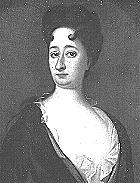
Margareta von Ascheberg was a Swedish land owner, noble and acting regiment colonel during the Great Northern War.

Skarhults Castle is a castle in Eslöv Municipality, Scania, in southern Sweden.

Smedstorp Castle is a castle in Tomelilla Municipality, Scania, in southern Sweden.

Anne Meinstrup (1475–1535) was a politically active Danish noblewoman, lady-in-waiting and county administrator.

Görvel Fadersdotter (Sparre) was a Swedish noblewoman and county administrator. She was a major landowner in Denmark, Norway, and Sweden.
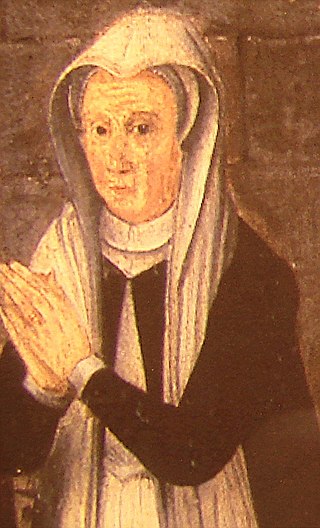
Beate Clausdatter Bille was a Danish noblewoman, a member of the royal court, Chief Lady-in-Waiting to Queen Sophie from 1584 to 1592, the wife of statesman Otte Brahe, and a feudal fiefholder in her own right following the death of her husband. She succeeded her sister-in-law Inger Oxe, who held the office from 1572 to 1584, as chief lady-in-waiting to Queen Sophie. Beate Bille was the mother of astronomers Tycho Brahe and Sophia Brahe.
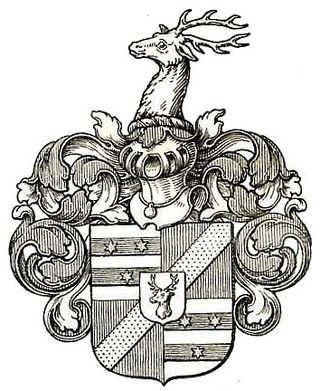
Nissen, von Nissen and von Nissen-Benzon is a Danish family of land owners from Southern Jutland, which was partially ennobled in 1710. It is descended from Henrik Lorentzen (Schack), who in 1484 was granted the estate of Oldemorstoft as a fief by John, King of Denmark. Members of the family were land owners and from the 17th century war commissioners, judges, councillors of state (etatsråd), Governors (stiftamtmann), Supreme Court Justice and General in Denmark. Family members served as Governor of Tranquebar, plantation owner and Vice Governor of the Danish West Indies in the 18th century. In Denmark, the family owned the estates of Oldemorstoft, Lerbæk, Rugballegaard, Brantbjerg, the Stamhus of Skærsø and others between the 15th century and the 18th century. In the 17th century, King Christian IV of Denmark was a guest at Oldemorstoft several times. The name von Nissen was used by the noble branch and military officers of the family.
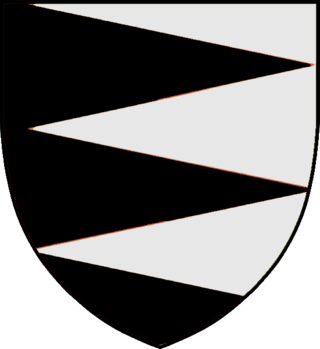
The Ulfstand family was a Danish, mostly Scanian, noble family, known since the 14th century and extinct in the male line in 1637.

Claus Bille was a Danish landlord and statesman.

Jørgen Lykke was a Danish nobleman, diplomat and politician. He was a member of the Council of the Realm, lord of Overgård Manor and fiefholder in Skanderborg.

The siege of Hamar was a short siege that lasted for three days in late June 1537, between the forces of Catholic bishop Mogens Lauritssøn and noble Truid Ulfstand. Truid Ulfstand and his forces came down from Trondheim to arrest the bishop as a part of the Reformation in Denmark–Norway and Holstein. The bishop heard that he was going to be arrested and barricaded himself and his men inside his castle at Hamar before the Protestant troops came. The Protestant troops where superior both in numbers and military tech, and when the Protestant troops arrived they laid siege to the castle. The commander of the Protestant forces had a parley with the bishop, and gave him three days to surrender or he would burn the castle. On the third day of the siege the bishop surrendered and was taken as a prisoner to Denmark, where he died in 1542.

Truid Gregersen Ulfstand was a Danish nobleman, landowner, and privy council member. He was active in Norway in the 1530s during the time that the country was entering into a real union with Denmark, and was a commander in the Danish civil war known as The Count's Feud.
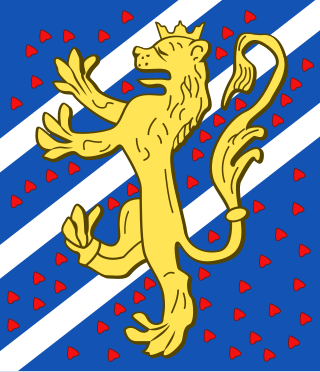
The First Swedish–Norwegian union, was a personal union of the separate kingdoms of Sweden and Norway together with Norway's overseas colonies .The union was founded by King Magnus IV of Sweden in 1319 and dissolved in 1355, briefly re-uniting in 1362 until 1365.
References
- Dansk kvindebiografisk leksikon (Danish)